WPC Cladding Texture: A Sustainable Choice for Exterior Walls
Learn about the sustainable advantages of using WPC cladding textures for exterior walls, including eco-friendly materials and low maintenance requirements. Understand how this innovative solution contributes to environmental sustainability while adding beauty to any structure.
WPC Cladding Texture: A Sustainable Choice for Exterior Walls
Introduction
With the increasing awareness of environmental issues, sustainable building materials are becoming more popular in the construction industry. Among these materials, Wood-Plastic Composite (WPC) cladding texture stands out due to its eco-friendly properties and cost-effectiveness. This article will explore the environmental benefits of WPC cladding, such as its recyclable nature and reduced carbon footprint compared to traditional materials. We will also provide case studies and examples of buildings that have successfully integrated WPC cladding, focusing on the positive impact on sustainability and cost-effectiveness over time.
The Environmental Benefits of WPC Cladding Texture
One of the most significant advantages of WPC cladding is its recyclable nature. Unlike traditional wood or metal cladding, WPC can be recycled multiple times without losing its structural integrity. This reduces waste and minimizes the need for raw material extraction, which is beneficial for the environment. Additionally, WPC cladding requires less energy to produce than traditional materials, leading to a lower carbon footprint. According to a study by the University of California, Berkeley, WPC production emits up to 50% less CO2 than traditional wood cladding.
Case Studies of Successful Integration
Several buildings have successfully integrated WPC cladding, demonstrating its positive impact on sustainability and cost-effectiveness. For example, the Green Building in Vancouver, Canada, uses WPC cladding to reduce its environmental impact while maintaining aesthetic appeal. The building has achieved LEED Platinum certification, the highest rating in the Leadership in Energy and Environmental Design program, partly due to its use of WPC cladding. Another example is the Eco-House in Sydney, Australia, which uses WPC cladding to create a modern, sustainable façade that is both energy-efficient and cost-effective over time.
Cost-Effectiveness Over Time
While the initial cost of WPC cladding may be higher than traditional materials, it offers long-term savings due to its durability and low maintenance requirements. WPC cladding is resistant to moisture, insects, and UV radiation, reducing the need for frequent repairs or replacements. This longevity translates into significant cost savings over the lifespan of the building. Furthermore, WPC cladding can improve a building’s energy efficiency by providing better insulation, potentially lowering heating and cooling costs.
Conclusion
WPC cladding texture represents a sustainable choice for exterior walls, offering numerous environmental benefits and long-term cost-effectiveness. By choosing WPC cladding, builders and homeowners can contribute to a greener future while enjoying the aesthetic and functional advantages of this innovative material. As more buildings adopt WPC cladding, we can expect to see a reduction in waste, lower carbon emissions, and increased sustainability in the construction industry.
Reference
University of California, Berkeley
Baoding Plastroy WPC Products
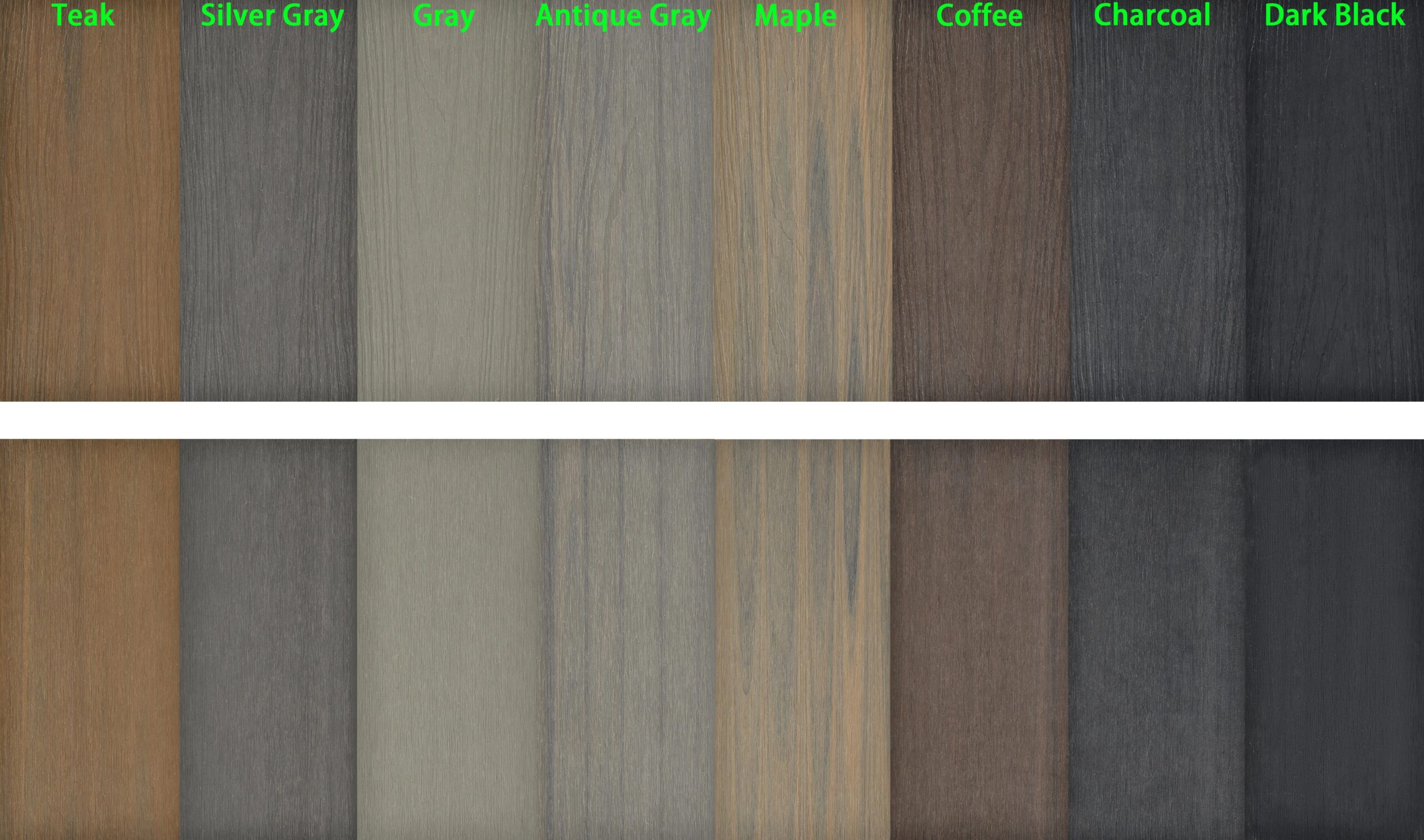
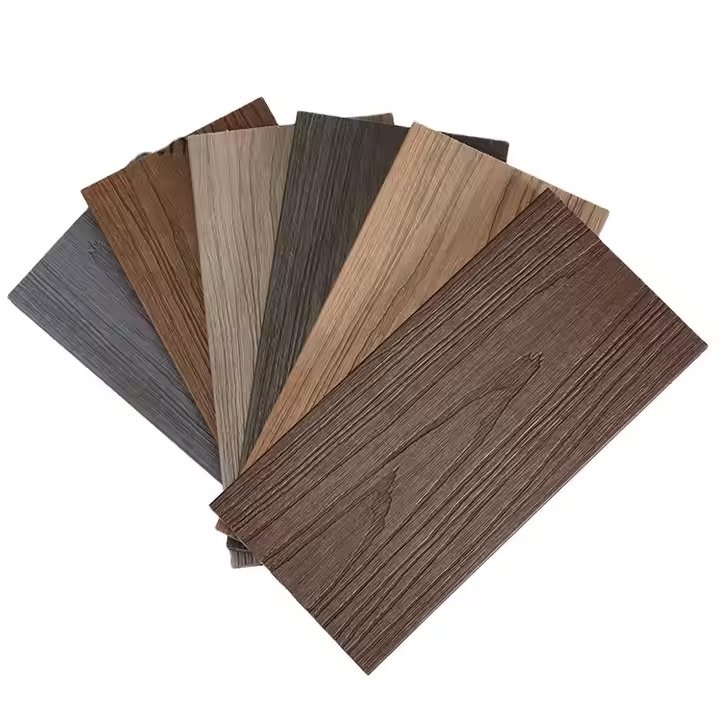
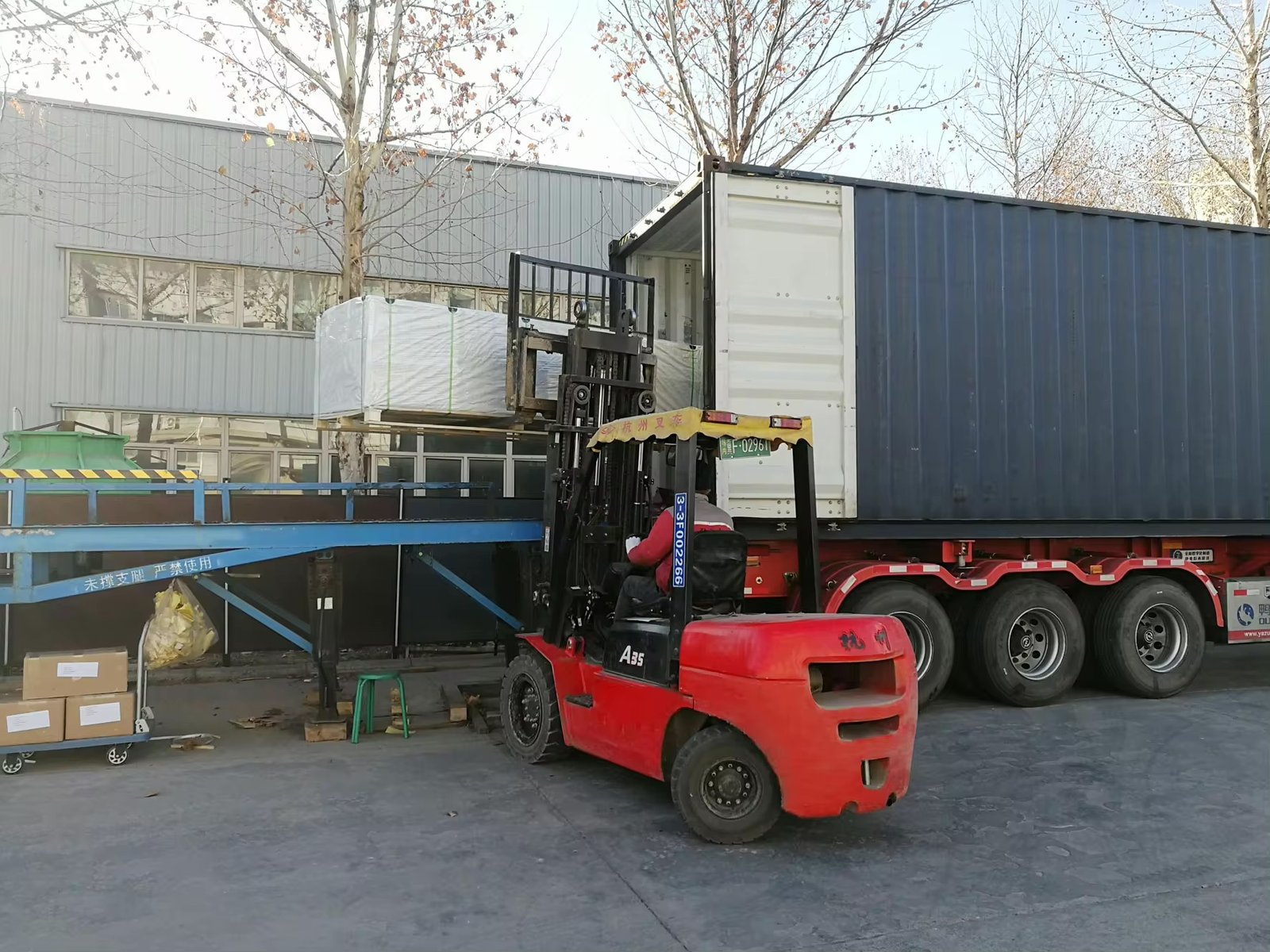
Why Choose Plastory?
Baoding Plastory New Materials Co., Ltd. is a manufacturer of decorative materials with over 9 years of experience and 56 separate production lines.
Currently, our annual production exceeds 30,000 tons, with products exported to more than 50 countries worldwide.
Plastory is the drafting unit of the WPC National Standards and has obtained certifications such as REACH, ASTM, CE, and FSC. Plastory is dedicated to maintaining consistent quality, focusing on details, and prioritizing customer satisfaction.
Our factory is located in Baoding, Hebei Province, China, with a prime location and convenient transportation access. Baoding is approximately a 1.5-hour drive from Beijing Capital International Airport and just 2 hours away from Tianjin Port, making it easy for global clients to visit and facilitating efficient shipping of goods. Our facility spans a large area, equipped with advanced production equipment and modern testing facilities to ensure that every batch of products meets the highest quality standards.
We warmly welcome clients from around the world to visit our factory, where you can see our production processes firsthand and experience our product quality. Please feel free to reach out to us—we are committed to providing you with the best products and services.
Kindly get in touch with us to request a product catalogue.

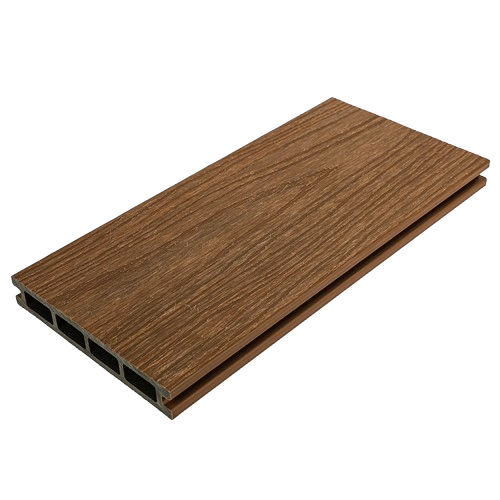
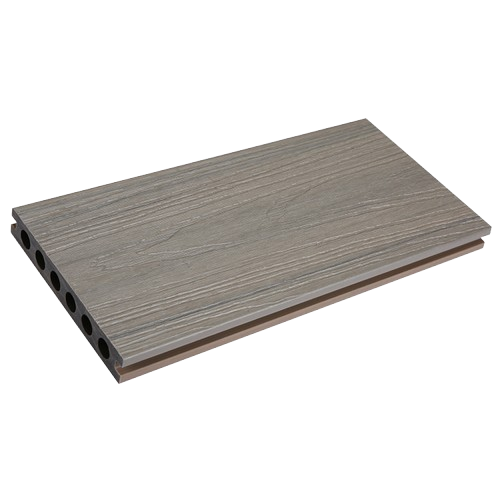
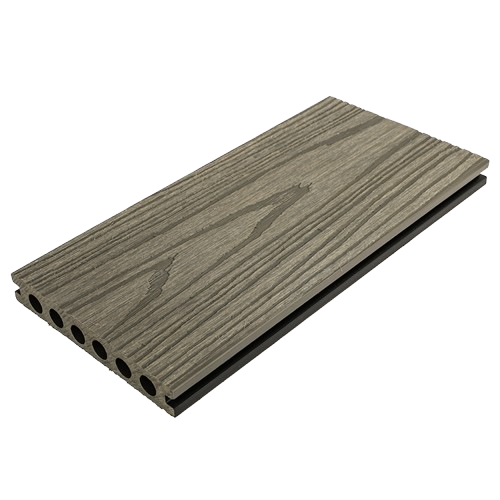
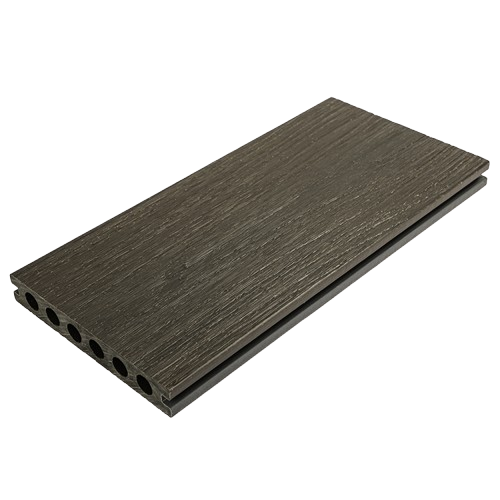
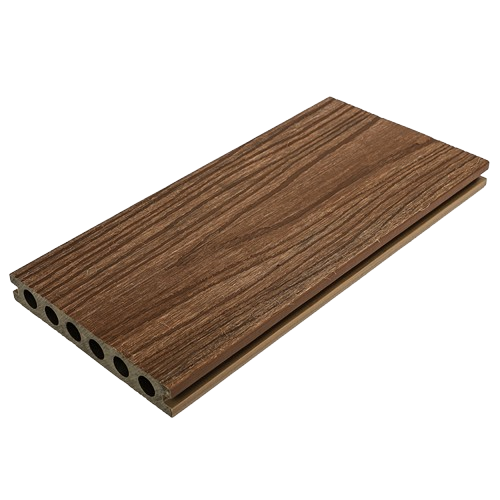
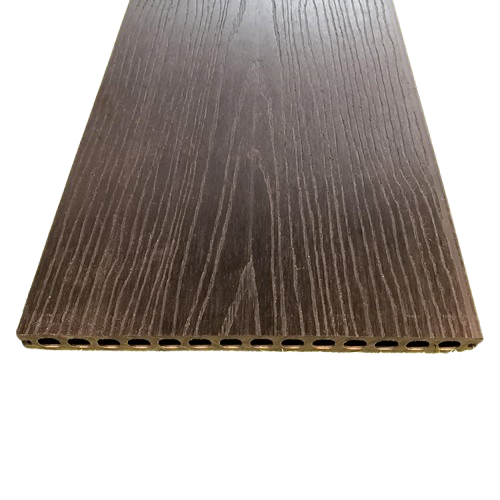
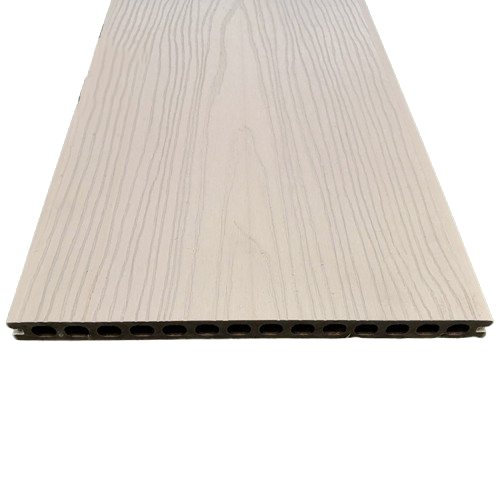

Reviews
There are no reviews yet.